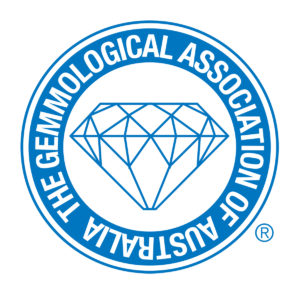Conference Scientific Seminars: Opal
Event Details
This seminar aims to deepen our knowledge and understanding of opal and its formation, exploring structure and chemistry, play of colour, and latest research about this fascinating gem. WHEN: Sunday 21st
Event Details
This seminar aims to deepen our knowledge and understanding of opal and its formation, exploring structure and chemistry, play of colour, and latest research about this fascinating gem.
WHEN: Sunday 21st May
WHERE: Conference Venue, 128 Terry Street Rozelle, Sydney
COST: $150 incl. buffet lunch
REGISTRATION REQUIRED: contact secretary@gem.org.au
ABOUT OUR SPEAKERS
Keynote Speaker – Boris Chauviré – Boris has always been fascinated by minerals, and especially by the most striking examples among them: gems. As a geologist, his research mainly focuses on the geological conditions that lead to the formation of the perfection found in the mineral kingdom. His PhD from Nantes University, focusing on the formation of opals in the Wollo deposits in Ethiopia and the implications of geological conditions on opal properties to understand Mars’ opal occurrences, was awarded the Haüy Lacroix Thesis Prize from the French Society of Mineralogy and Crystallography. Founder of GeoGems, Boris continues to pursue research projects and shares his knowledge by teaching gemmology around the world.
“Opal : when silica and water beautifully interact”
This presentation aims to give an overview of our knowledge about opal and its formation at this time. After defining what is opal (structure and chemistry), we will explore the geological context where opal is found through representative deposits and what we can conclude from it. We will also address the recent research about the incorporation of water inside opal structure, and its potential consequences on its stability.
Speaker – Paul Thomas
“The play-of- Play of colour and the structure of opal: What is it that makes opal so special?”
Play of colour (POC) in opal is based on the diffraction of visible light from ordered arrays of spheres that are of a suitable size to produce the dancing colours. This presentation will discuss the origins of the spheres and the ordered arrays in which they form, and how spheres of all the same size form and aggregate to form the structures responsible for POC. Find out why these structures are particularly evident in Australian opal from the margins of the Great Australian Basin. Delve into the outcome of using neutrons and x-rays, instead of visible light, to probe the microscopic structure, and why this work will go a long way to explaining why opal is so special.
Speaker – Bruce Dickson
“A random walk through opal research in search of enlightenment on the age and formation conditions of Australian precious opal (A-opal)”
Opal is hydrated silica SiO2.nH2O and, based on the formation conditions, can be subdivided into three groups; biological, inorganic and synthetic. The past few decades have seen major research and advances in knowledge for all three types of opal. To date, there has been no definitive method for estimating the time of formation of A-opal. This presentation will aim to learn from others what may be significant features both for the time and the formation of A-opal, and will cover such topics as: is there a need for a silica-rich source water? Was there an arid climate during formation and was it necessary? What are the relationships between Silica (Opal) polymorphs, silcretes, opal-A, opal-CT? Did A-opal form during a unique period in Australia’s geological and climatic history whereby changes in the Great Artesian Basin flows combined with tectonic and volcanic events allowed opal formation in the pre-existing weathered surface rocks?
Speaker – Anthony Smallwood
“What do we mean when we use the term OPAL and what does all the scientific stuff mean for the gemmologist”?
Tony will sum up the topics presented by the first three speakers, bringing together the various ideas presented in an attempt to rationalise the discussion regarding precious opal, sphere structure and Play-of-colour, and what this means for today’s gemmologist when considering precious opal from various sources. Reference will be made to the importance of literature and terminology and how science will help to separate different opal types, both natural and imitation from a gemmological viewpoint.
more
Time
(Sunday) 11:00 am - 5:00 pm AEST(GMT+10:00)

